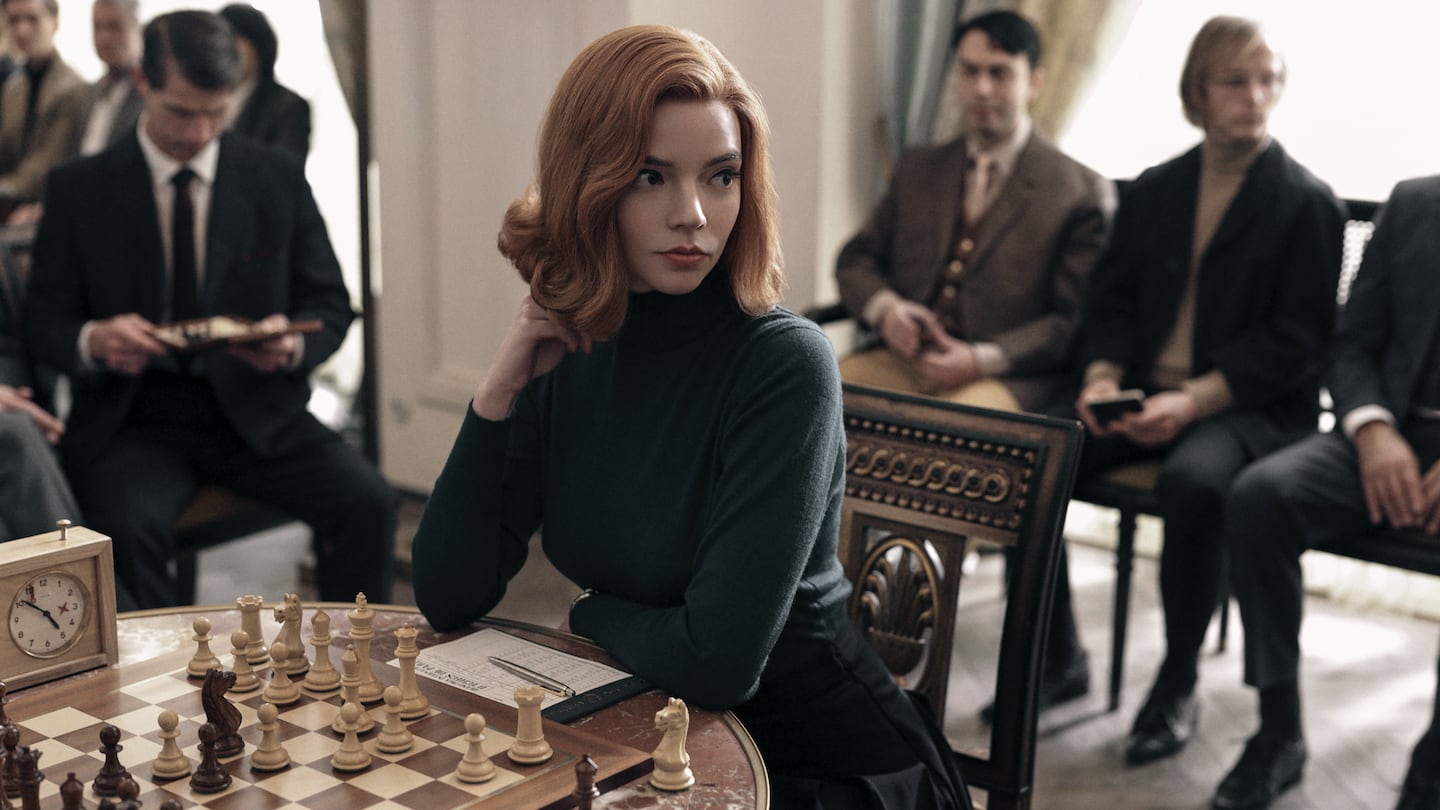
The Business of Fashion
Agenda-setting intelligence, analysis and advice for the global fashion community.

Agenda-setting intelligence, analysis and advice for the global fashion community.

Major fashion and beauty brands are already de facto media companies, producing mountains of content to galvanise consumers on platforms like Instagram and YouTube. Yet they are missing a massive opportunity to take their content strategies to the next level with films and TV series.
Every year like clockwork, major brands collectively spend billions of dollars on marketing. But despite the scale of these investments and contracts with big name talent, they rarely capitalise on the power of durable entertainment content that can drive impact for more than a few days and are missing out on the incredible growth of streaming platforms from Netflix to Amazon Prime.
Rihanna’s Savage X Fenty has done this successfully, updating Victoria’s Secret 15-year partnership with CBS for the era of Amazon Prime, but where is everyone else? It’s time for brands to set aside hesitations over immediate ROI, think beyond collection drops and dive into new relationships with producers, actors and writers in order to develop stories with staying power that they own.
As a result of the pandemic, the fashion shows and live events that anchor many brands’ marketing strategies have become digital propositions, often taking the form of short films. There has been a fair amount of experimentation with A-list headliners, from Moschino’s marionettes created with Jim Henson’s “Creature Shop” to Gucci’s Gus Van Sant-directed “Gucci Fest” online film festival. But most of this content has a shelf life of a few days, after which it loses its appeal and viewership.
ADVERTISEMENT
In order to create great entertainment, brand managers first need a willingness to play a long game.
Let’s imagine for a moment that if Netflix’s popular “Emily in Paris” series was developed by a major brand and instead of Emily working at fictional ad agency Savoir she worked at the brand? Even though Emily is a caricature that has inspired countless memes, her character (who was outfitted by Patricia Field, like “Sex and the City’s” Carrie Bradshaw before her) quickly entrenched itself in consumer culture. If a fashion brand had produced the series and been central to its narrative, it could have left a powerful imprint on droves of valuable millennial viewers.
The company could also have owned the lucrative IP and participated in the attendant product marketing. Certainly, an investment like this is not without risk, but isn’t the upside of the fashion equation often made up of innovation and risk?
In order to create great entertainment, brand managers first need a willingness to play a long game and let go of their focus on seasonal product drops. Then, what’s needed is a healthy budget to engage a top-notch creative team with ample development time and collaborative partnerships with Hollywood. Brands cannot do this alone. Partnerships with entertainment production companies are necessary to create stories that not only convey the message a brand wants but resonate with audiences.
Consider how powerfully the world of chess was energised by Netflix’s “The Queen’s Gambit” starring Anya Taylor-Joy, which racked up 62 million household views in its first 28 days. The series sent sales of chess sets and online chess sessions skyrocketing, according to a report in The New York Times.
It’s not hard to imagine a TV series about a wunderkind nose who creates scents for Guerlain and can smell the future. Or the power of a partnership between Tommy Hilfiger Studios and Senegalese-American actress, writer and producer Issa Rae’s media venture Hoorae. What could the next instalment of “Breakfast at Tiffany’s” made by Tiffany & Co look like? I’d like to find out.
Brian Phillips is a creative director and brand consultant.
The views expressed in Op-Ed pieces are those of the author and do not necessarily reflect the views of The Business of Fashion.
How to submit an Op-Ed: The Business of Fashion accepts opinion articles on a wide range of topics. The suggested length is 700-1000 words, but submissions of any length within reason will be considered. All submissions must be original and exclusive to BoF. Submissions may be sent to opinion@businessoffashion.com. Please include ‘Op-Ed’ in the subject line and be sure to substantiate all assertions. Given the volume of submissions we receive, we regret that we are unable to respond in the event that an article is not selected for publication.
ADVERTISEMENT
Related Articles:
For Fashion Brands, TV Show Placements Upstage Magazine Editorials
The race to dress fashion’s biggest stars has gotten tighter — and brands are deploying fresh, social media-friendly tactics to generate buzz.
The Business of Fashion is seeking candidates for a six-month, part-time, paid reporting fellowship with our editorial team, designed to empower aspiring Black journalists.
The stylist is set to unveil a bi-annual print magazine and digital platform, with a team that includes Holly Shackleton and Fran Burns.
Luxury book publishers — and husband and wife — Prosper and Martine Assouline join BoF founder and editor-in-chief Imran Amed to discuss the genesis of their publishing business and how they are growing it into a global lifestyle brand.